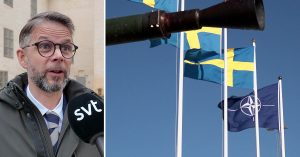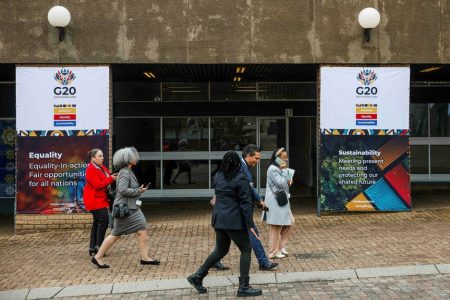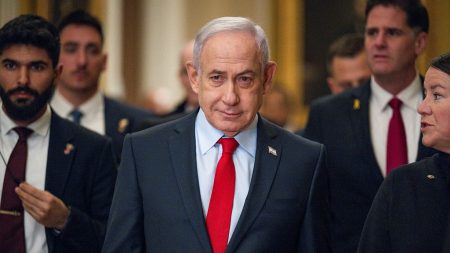The impending Trump administration has ignited significant apprehension within the European Union concerning the future trajectory of US involvement in the Ukraine conflict. Private conversations between Trump’s associates and EU officials, as reported by the Financial Times, reveal a complex and potentially evolving approach. While Trump’s campaign rhetoric emphasized halting aid to Ukraine and forcing a swift resolution to the conflict, the discussions suggest a more nuanced strategy might be unfolding. The core concern stems from Trump’s repeated pronouncements of ending the war within 24 hours, coupled with his campaign pledges to curtail US support for Ukraine, raising fears of abandoning the embattled nation. This uncertainty is further amplified by the imminent visit of Trump’s envoy, former National Security Advisor Keith Kellogg, to key stakeholders, including a planned trip to Kyiv in January.
Despite these concerns, assurances have reportedly been conveyed to EU officials that military aid to Ukraine will continue even as peace negotiations are pursued. This seemingly contradictory approach may align with Trump’s stated aim of empowering Ukraine to negotiate from a position of strength. By providing substantial military support, Trump potentially intends to bolster Ukraine’s leverage at the negotiating table, enabling them to secure more favorable terms. However, the precise nature and extent of this continued military support remain ambiguous, leaving room for speculation and uncertainty among European allies. The overall strategy seems to be a delicate balancing act, aiming to achieve a swift resolution while simultaneously ensuring Ukraine is not left vulnerable.
Concurrent with the discussions on military aid, Trump’s team has reportedly put forth demands for increased defense spending by NATO allies. The initial proposal calls for a significant hike to 5% of national budgets, although sources suggest this is a negotiating tactic, with Trump likely accepting a compromise around 3.5%. This push for increased burden-sharing within NATO aligns with longstanding US concerns about the disproportionate financial contribution shouldered by America. The current NATO guideline recommends a minimum of 2% defense spending, a threshold met by a majority of the 32 member states. Ongoing negotiations within NATO aim to raise this benchmark to 3%, reflecting the evolving security landscape and the perceived need for enhanced collective defense capabilities.
The demand for increased defense spending introduces another layer of complexity to the transatlantic relationship. While some NATO members, notably Poland and the Baltic states, already exceed the proposed 3.5% target, others lag significantly behind. This disparity in defense spending creates potential friction within the alliance, as some members may struggle to meet the increased financial burden. Moreover, the demand could be interpreted as a transactional approach to security cooperation, potentially undermining the principle of collective defense. Trump’s focus on financial contributions might overshadow other crucial aspects of alliance cohesion, such as intelligence sharing and joint military exercises.
The juxtaposition of continued military aid to Ukraine with the demand for increased NATO spending underscores the intricate nature of the Trump administration’s emerging foreign policy. It reflects a desire to project American strength while simultaneously seeking to reduce financial burdens and achieve swift resolutions to international conflicts. This approach, however, carries inherent risks. Pressuring allies on defense spending could strain relationships and potentially weaken the collective defense posture of NATO. Simultaneously, attempting to force a rapid peace settlement in Ukraine risks undermining Ukrainian sovereignty and potentially emboldening Russia.
The evolving situation underscores the need for clear and consistent communication between the incoming Trump administration and its European allies. The ambiguity surrounding the future of US involvement in the Ukraine conflict, coupled with the demands for increased defense spending, creates uncertainty and potential for miscalculation. Open dialogue and transparent communication are essential to ensure that transatlantic security cooperation remains strong and effective in addressing the multifaceted challenges facing the international community. The success of the Trump administration’s approach will depend on its ability to balance the pursuit of American interests with the maintenance of strong alliances and the promotion of international stability. The coming months will be crucial in determining how this delicate balance is achieved and what its implications will be for the future of transatlantic relations and the ongoing conflict in Ukraine.














